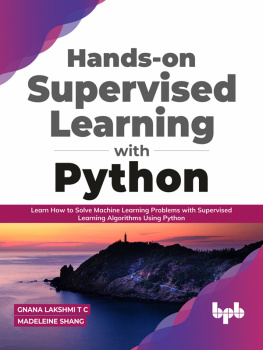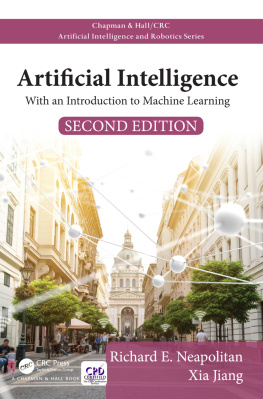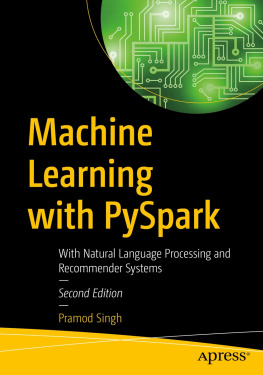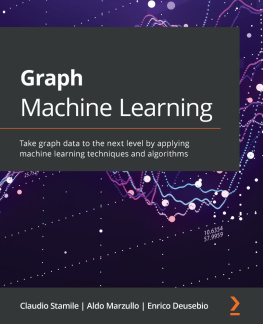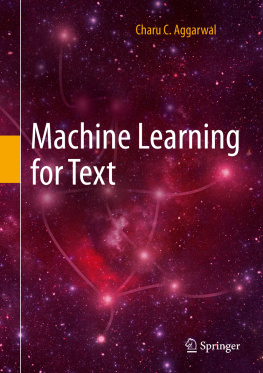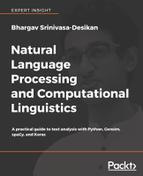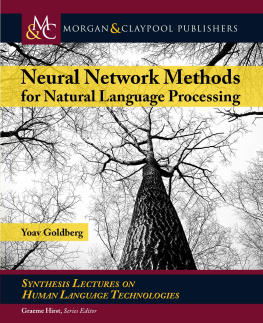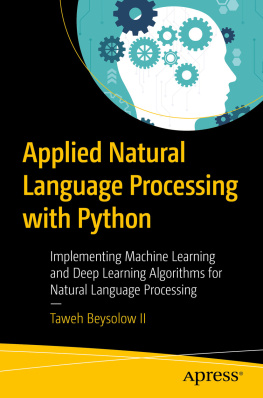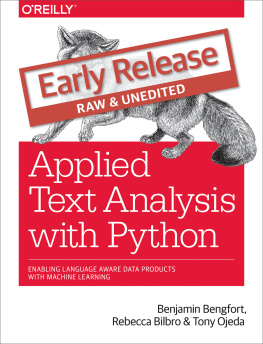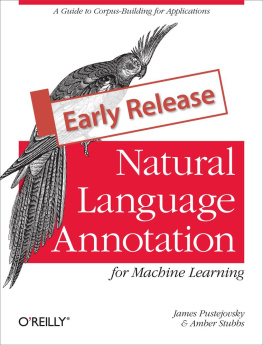Jacob Eisenstein - Introduction to Natural Language Processing (Adaptive Computation and Machine Learning series)
Here you can read online Jacob Eisenstein - Introduction to Natural Language Processing (Adaptive Computation and Machine Learning series) full text of the book (entire story) in english for free. Download pdf and epub, get meaning, cover and reviews about this ebook. year: 2019, publisher: The MIT Press, genre: Children. Description of the work, (preface) as well as reviews are available. Best literature library LitArk.com created for fans of good reading and offers a wide selection of genres:
Romance novel
Science fiction
Adventure
Detective
Science
History
Home and family
Prose
Art
Politics
Computer
Non-fiction
Religion
Business
Children
Humor
Choose a favorite category and find really read worthwhile books. Enjoy immersion in the world of imagination, feel the emotions of the characters or learn something new for yourself, make an fascinating discovery.

- Book:Introduction to Natural Language Processing (Adaptive Computation and Machine Learning series)
- Author:
- Publisher:The MIT Press
- Genre:
- Year:2019
- Rating:4 / 5
- Favourites:Add to favourites
- Your mark:
Introduction to Natural Language Processing (Adaptive Computation and Machine Learning series): summary, description and annotation
We offer to read an annotation, description, summary or preface (depends on what the author of the book "Introduction to Natural Language Processing (Adaptive Computation and Machine Learning series)" wrote himself). If you haven't found the necessary information about the book — write in the comments, we will try to find it.
A survey of computational methods for understanding, generating, and manipulating human language, which offers a synthesis of classical representations and algorithms with contemporary machine learning techniques.
This textbook provides a technical perspective on natural language processingmethods for building computer software that understands, generates, and manipulates human language. It emphasizes contemporary data-driven approaches, focusing on techniques from supervised and unsupervised machine learning. The first section establishes a foundation in machine learning by building a set of tools that will be used throughout the book and applying them to word-based textual analysis. The second section introduces structured representations of language, including sequences, trees, and graphs. The third section explores different approaches to the representation and analysis of linguistic meaning, ranging from formal logic to neural word embeddings. The final section offers chapter-length treatments of three transformative applications of natural language processing: information extraction, machine translation, and text generation. End-of-chapter exercises include both paper-and-pencil analysis and software implementation.
The text synthesizes and distills a broad and diverse research literature, linking contemporary machine learning techniques with the fields linguistic and computational foundations. It is suitable for use in advanced undergraduate and graduate-level courses and as a reference for software engineers and data scientists. Readers should have a background in computer programming and college-level mathematics. After mastering the material presented, students will have the technical skill to build and analyze novel natural language processing systems and to understand the latest research in the field.
Jacob Eisenstein: author's other books
Who wrote Introduction to Natural Language Processing (Adaptive Computation and Machine Learning series)? Find out the surname, the name of the author of the book and a list of all author's works by series.

